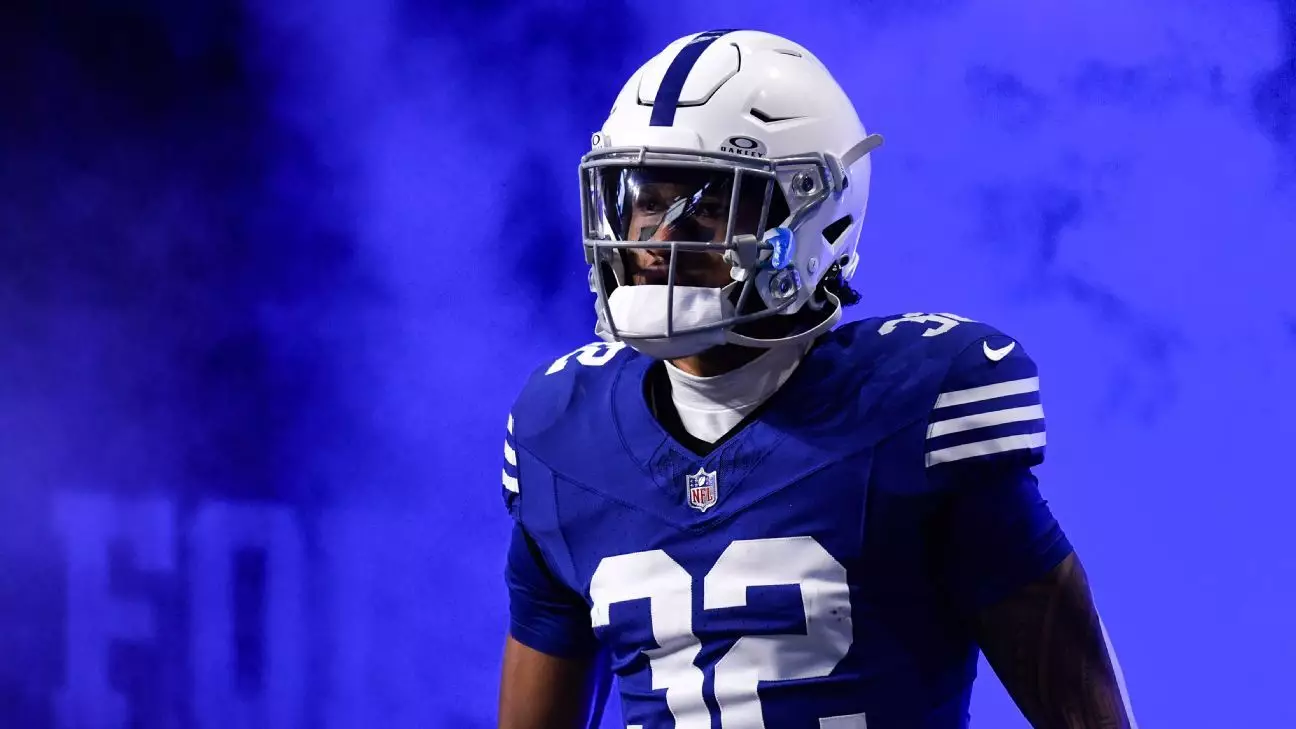The New Orleans Saints find themselves at a critical crossroads in their defensive evolution, facing the impending challenge of replacing a pivotal figure—Tyrann Mathieu. His retirement marks the end of an era, but it also unlocks an opportunity for strategic reinvention. The Saints are actively exploring options to infuse fresh talent into their safety corps, with the reported interest in Julian Blackmon emblematic of their proactive approach. This pursuit underscores a broader philosophical shift: emphasizing versatility, youth, and potential over mere experience.
Blackmon’s sidelined 2023 season, characterized by disappointment and injury, masks a player of considerable promise. A former college cornerback turned safety, his adaptability has been a significant asset throughout his career. His ability to transition between roles signals an underlying football IQ and physical toolkit that, if harnessed correctly, could elevate the Saints’ secondary to new heights. The team’s willingness to consider him despite less impressive recent stats demonstrates a recognition that talent, particularly in the safety position, can often be redeemed with the right environment and coaching.
This scenario underscores the challenging reality faced by NFL franchises: balancing immediate needs versus long-term development. With cap space at nearly $24 million, the Saints possess the financial flexibility to gamble on a high-upside player like Blackmon. Such decisions denote a calculated risk, indicative of a franchise eager to innovate rather than settle for incremental improvements. Moreover, the potential signing aligns with a broader cultural emphasis on competition and resilience, vital qualities for a unit striving to reestablish dominance.
Strategic Shifts Under New Leadership
Brandon Staley’s influence as the defensive coordinator signifies a strategic pivot towards a more aggressive, adaptable scheme. His emphasis on schematic flexibility means that personnel decisions become even more crucial. The transition from veteran stalwarts to younger, more dynamic players isn’t solely about filling roster spots but about shaping a defense capable of swift reactions and unpredictable coverage schemes.
The addition of Justin Reid, another promising safety, signals intentions to create a layered, versatile back end. Together with potential new signing Blackmon, these players could form a renewed safety tandem, one that balances ball skills with run-stopping prowess. Yet, the current safety room remains relatively inexperienced, replete with players like J.T. Gray, Terrell Burgess, and Ugo Amadi, whose contributions are a mixture of special teams finesse and developmental promise.
This infusion of youth must be complemented by astute coaching and strategic deployment. The Saints’ front office and coaching staff appear aware that success hinges on fostering a cohesive unit capable of executing diverse schemes. Their willingness to evaluate and adapt continually suggests they see this transition as an ongoing process rather than a quick fix.
Rebuilding Through Versatility and Draft Intelligence
Blackmon’s multifaceted background—from college cornerback to elite safety—enhances his appeal. His past flexibility provides options for the coaching staff, who can deploy him in various roles depending on game plans. His recent stint with the Colts, marred by injury but still statistically impactful with ten interceptions and 300 tackles over five seasons, reveals a player whose talent remains evident despite setbacks.
The Saints’ overall strategy appears to involve leveraging such versatility to compensate for the departures and injuries that have reshaped their secondary. Their recent roster moves—signing Terrell Burgess and re-signing Ugo Amadi—indicate an emphasis on flexibility and depth, crucial for a defense that needs to adapt to evolving offensive trends.
One cannot overlook the importance of good talent evaluation in this context. The Saints’ ability to identify and develop players like Blackmon will determine whether their defensive overhaul is merely cosmetic or truly transformative. Their focus on younger players with high ceilings reflects an understanding that sustained success in the NFL depends on cultivating homegrown talent capable of evolving within the team’s scheme.
Finally, the overarching narrative here is one of resilience and cautious optimism. The Saints are betting on the idea that strategic investments in adaptable, talented players can catalyze a resurgence. The potential acquisition of Julian Blackmon exemplifies their willingness to embrace risk for significant future reward—the kind of bold move that, if successful, could redefine their secondary and, ultimately, their season’s fortunes.

